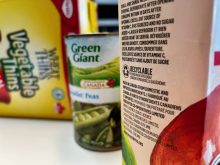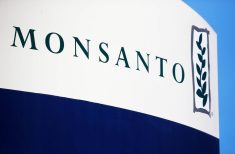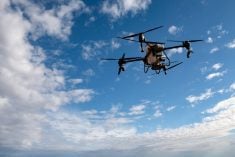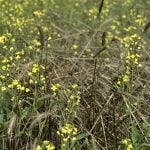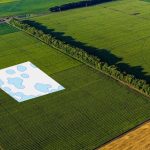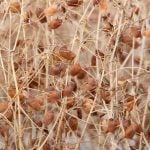Health Canada has not received any herbicide drift complaints in Manitoba this season, including related to dicamba, André Gagnon, a media relations officer serving Health Canada and the Public Health Agency of Canada, said in an email Sept. 12.
That contrasts sharply with the United States where the University of Missouri says 3.1 million acres were damaged by dicamba.
Monsanto introduced Xtend soybeans for commercial production in Manitoba this spring. The soybeans are resistant to the herbicides dicamba and glyphosate.
Meanwhile, in the United States Xtend soybeans and cotton were grown for a second season.
Read Also
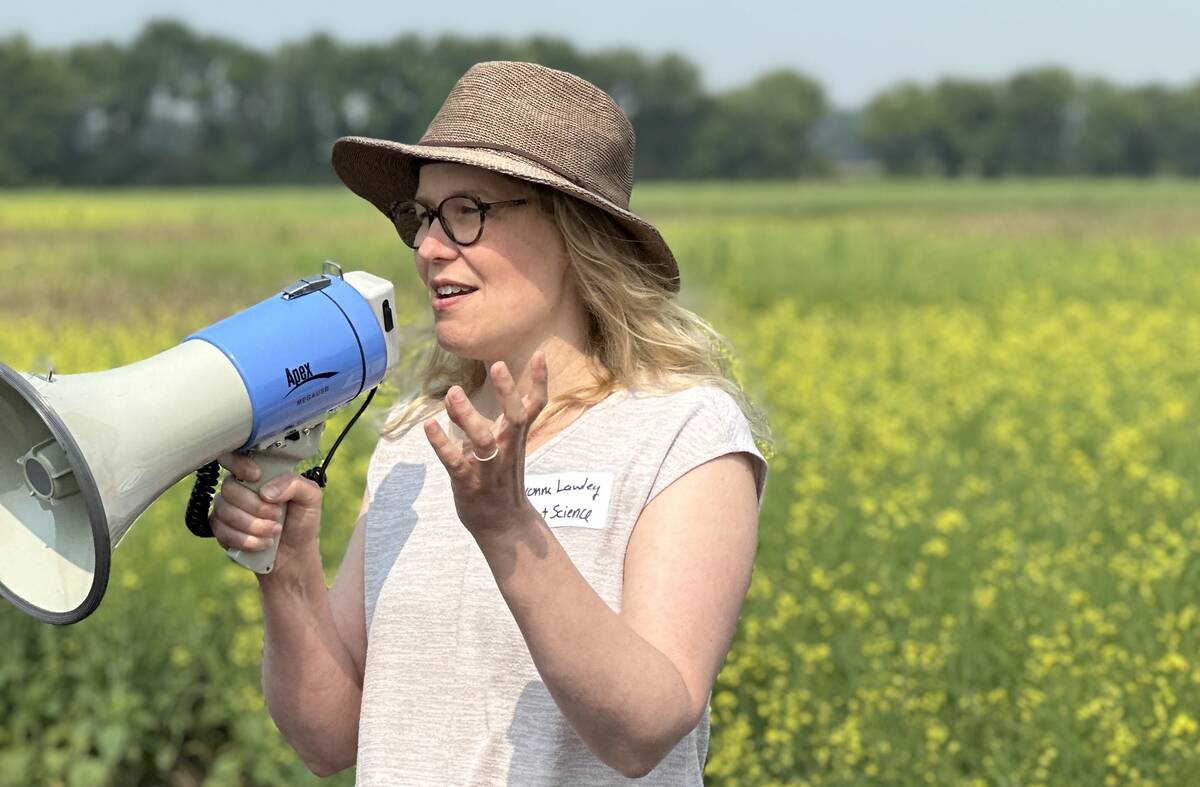
Cereal cover crops show mixed flea beetle protection for canola
University of Manitoba researchers are testing if planting fall rye and oat nurse crops help growers reduce damage without hurting yield.
Arkansas, the epicentre of dicamba drift complaints in the U.S., temporarily banned dicamba use earlier this season and its plant board recommended prohibiting dicamba applications after April 15 — a move Monsanto opposes, saying it’s not based on scientific data.
The Environmental Protection Agency, which regulates pesticides federally in the U.S., has also been investigating dicamba drift complaints.
Asked if Canada’s Pest Management Regulatory Agency was considering any label changes for dicamba in Canada, Gagnon stated in an email: “Health Canada’s Pest Management Regulatory Agency (PMRA) completed a re-evaluation of dicamba in 2008 and concluded that products containing dicamba do not pose unacceptable risks to human health or the environment when label directions are followed. As an outcome of the re-evaluation, a number of risk reduction measures have been implemented on labels of all registered products to reduce potential exposure to humans and the environment. For example, as part of this re-evaluation, PMRA considered the impact of dicamba on non-target plants and revised the label directions including required buffer zones to protect non-target terrestrial plants and aquatic systems from spray drift. As well, mitigation measures are required to protect those with the highest occupational exposure levels. These include additional protective equipment, and reductions in quantity and/or concentration of the product.”
Monsanto suspects many dicamba drift issues in Arkansas stem from farmers there being prohibited from using new, less volatile dicamba formulations because the state had not approved them.
Observers also suspect dicamba is more likely to vaporize and drift in warmer, more humid climates.
There are also fewer dicamba sensitive crops grown in Manitoba. The main one is non-dicamba tolerant soybeans, underscoring the need for Manitoba farmers to be aware of what crops are growing near their Xtend soybeans.




